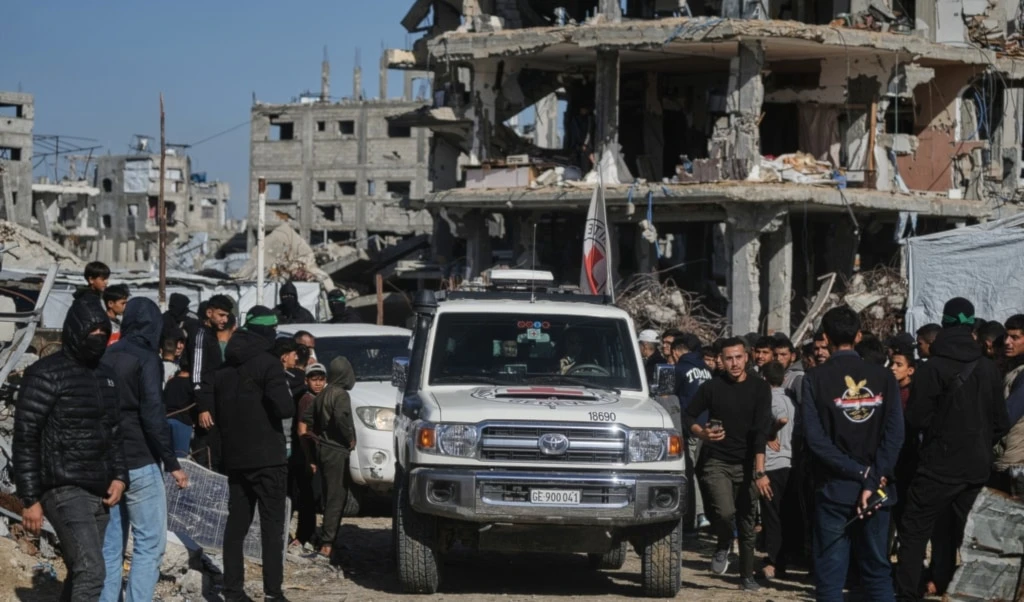More Religious Schools in Illegal Settlements to Reinforce Occupation
The Israeli occupation government and its settlement organization is financing the construction of Synaguoges in illegal settlements to cement their occupation of Palestinian lands in the Occupied West Bank.
-

More Synagogues & Religious Schools in Israeli Settlements
In a report by the National Bureau for defending land and resisting settlements ( NBPRS ), details of a new plan to finance the construction of synagogues in the occupied West Bank are exposed. The objectives are far from being merely religious.
The plan will cost $6.25 Million
Under the pretext of a shortage of synagogues for holding Jewish religious rituals, the Israeli occupation's government and its settlement councils intend to establish and finance the construction of such buildings in 30 Israeli settlements with a total cost of $6.25 Million. This plan was inserted in the So-called 'National Priorities Plan'.
Matan Kahane The Minister of Religious Affairs in the Israeli government, of the Yamina party, headed by Prime Minister Naftali Bennett, drafted the project and signed new standards for state support for the establishment of synagogues, and these standards will "give a great advantage to those that will be built outside the 'Green Line' i.e. the occupied West Bank," the report noted.
The report details that NIS 20 million will be distributed to 30 settlements. Although this support is provided every year, for the first time, a "priority is given to settlements and outposts described as 'security sensitive' to channel more funds to the settlements."
Future evacuation of religious schools built on stolen land is difficult
The process of strengthening the settlement blocs through building synagogues, especially near the 1948 occupied lands aims to undermine any future efforts to dismantle these illegal settlements. By converting these synagogues "with time into religious schools, and here evacuating them becomes difficult."
"The Israeli Information Center for Human Rights-B'Tselem" and Keren Navot settlement organization revealed a 42% increase in the number of settlers in the occupied West Bank - excluding the Eastern part of the occupied city of Al-Quds in comparison to numbers from 2010.
The Report attributes the causes of such an increase "to the concessions granted by the occupying power to the residents of the settlements," adding that the number of settlers exceeded 450000 without the occupied Al-Quds and its surroundings.
Occupation forces razed about 30 dunams of lands from the Qasra, Joresh, and Aqraba towns. The area is called Kafr-Attia situated in the Nablus Governorate. According to the report, this was done "to establish a new settlement outpost."
Settlers in Al-Quds carried out provocative actions
As for Al-Quds, under the protection of the Israeli police, settlers continued celebrations of their holidays, especially in the Old City and its surroundings. Moreover, settler gangs and activists of the 'temple' groups escalated targeting the Al-Aqsa Mosque, by performing public Talmudic prayers next to the mosque as a provocative action.
The settler's incursions started from the Moroccan Gate that was heavily guarded by the occupation forces. During these incursions, the settlers carried out provocative tours that were stationed in the vicinity of the Bab-Rahma building and chapel on the eastern side of the mosque.
Settlers Also set up wooden cabins in some alleys of the Old City of Al-Quds to celebrate the “Feast of the Throne.” This move ignited confrontations with the residents of Al-Quds, especially in the Jabsha Neighborhood and Aqabat Al-Saraya.
Finally, the report concludes that "granting more privileges to the settlements means restricting the Palestinian presence", especially in the so-Called Area C, according to the Oslo Agreement divisions.
Settlements as forceful separation
Due to the locations of the settlements around Palestinian towns, settlements forcefully distance Palestinian villages from one another by hindering the movement of Palestinians inside their land either through barbed wires and walls or by countless checkpoints.

 4 Min Read
4 Min Read








